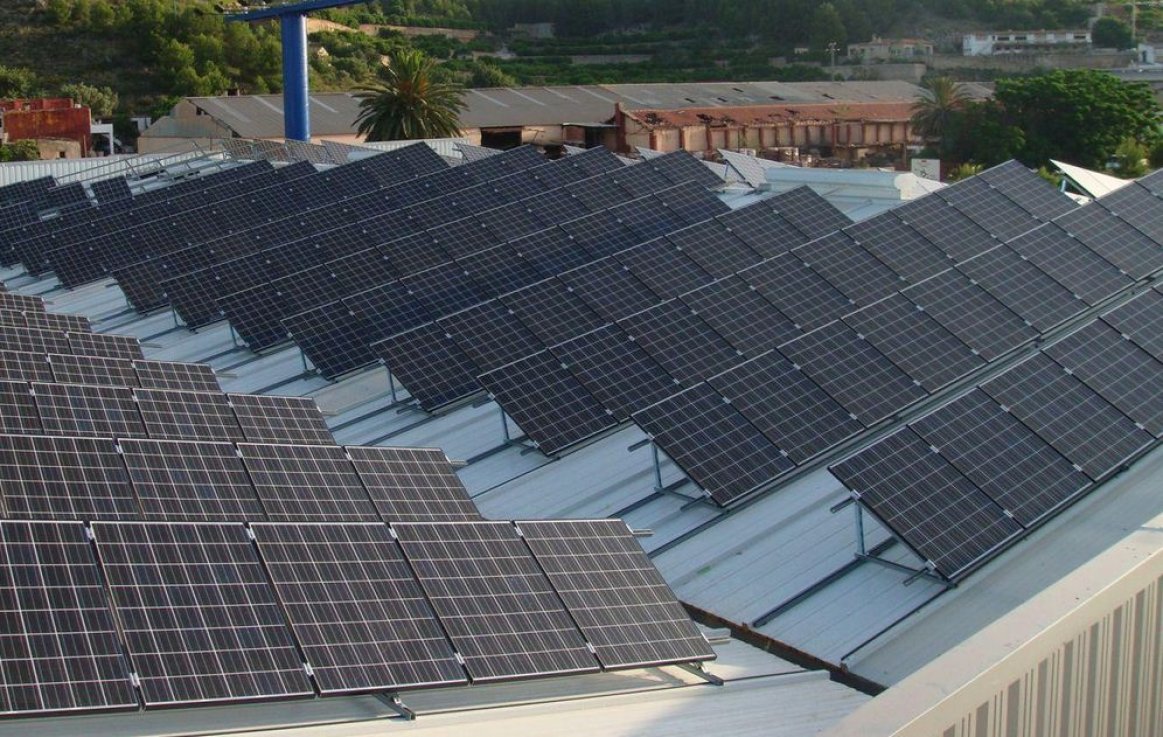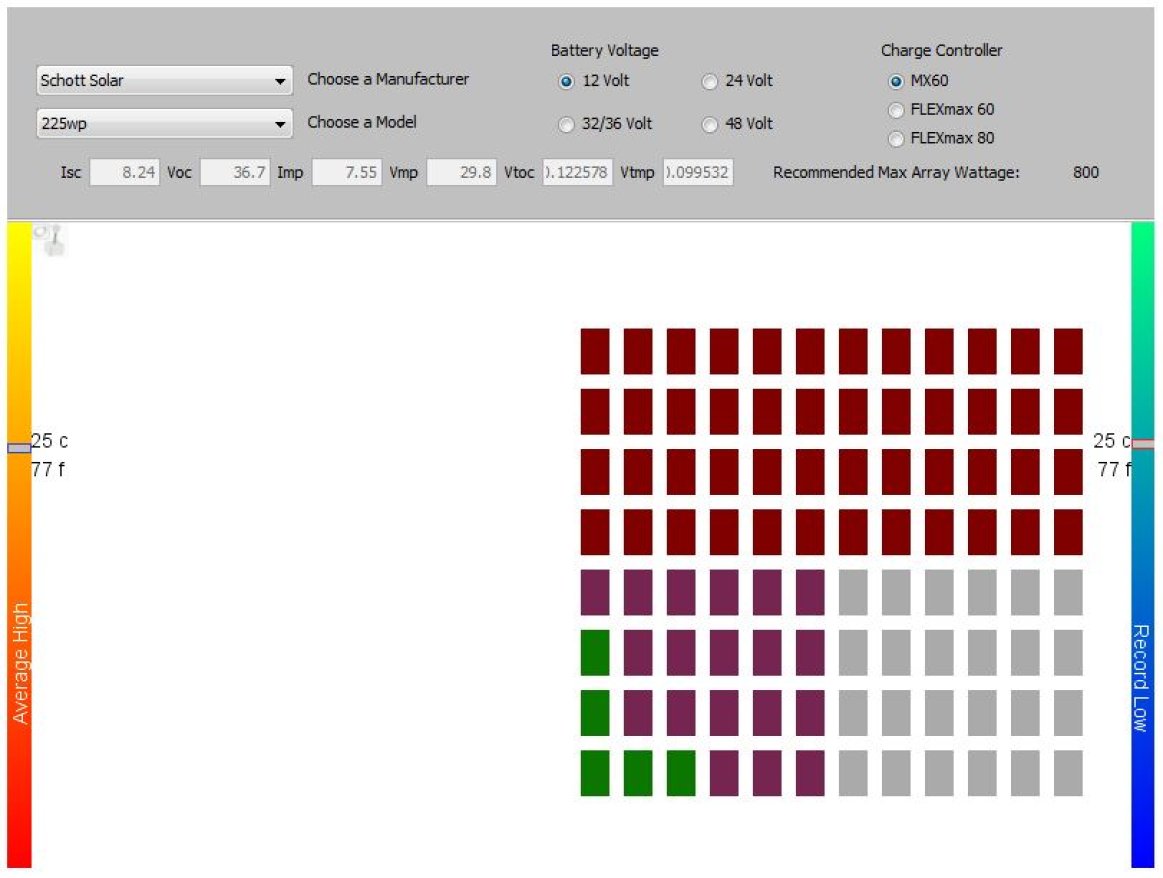


Most home-owners and installers start designing (or defining) their solar PV systems by measuring their roofs and finding out the available space for the solar modules. They've already determined their kW Hour requirements and can therefore move on to figuring out how big a system they can install in order to offset or zero out their consumption.
Picking the system inverter is the next logical step. There are a variety of inverter technologies and sizes which can be leveraged to produce the most efficient system for the lowest long-term cost.
The most important factors in determining what size inverter to choose are:
- The number of strings in the system
- The voltage on a string
- The maximum input current
- The maximum ambient temperature of the location
- The minimum ambient temperature during day light time when the system is supposed to run.
The number of strings are important, because there are typically 2 to 4 string inputs on an inverter. The operating voltage of the system should fall in the operating range of the inverter. Because higher voltages may burn the transformer, lower voltages may not even run the inverter.
Most of the inverter manufacturer's have string sizing tools on their websites. I'd like to list down the available "string sizing tools" from several manufacturers for your convenience, just click on the names below:
- SMA Sunny Design
- Fronius String Sizing Tool
- Yaskawa Solar Solectria String Sizing Tool
- Outback Power String Sizing Tool
- Enphase Micro Inverters Compatibility Calculator
Please note that the ambient temperature of the location is an important factor, because it directly affects the voltage of the whole system. You might have to check Weather.com for average temperature details while playing with the string sizing tool. Since the module specifications are measured under standard test conditions 78 F degrees, a higher temperature may reduce the voltage output, whereas a lower temperature may increase the voltage output.
If the operating voltage of the array is just on the edge of the operating voltage of the inverters, you may end up with a solar PV system that is not running on a hot sunny day, or even damage your inverter on a cold day.
Comments
Great article, this is a big issue. Question, do each of the strings need to have the same number of panels? Why can't you run one string with X number of panels and another with Y panels in the same array?
As long as the strings are connected to the same inverter, you need to have equal voltage and power on each string. Best Practices dictate that string output is equal across all strings to the same inverter. If strings of a different character are required, think of breaking up the system into two inverters or downsizing the system.
Thanks for the links to the string sizing tools. This is very helpful. What is the effect of a high ambient temperature on the inverter? If the highest recorded ambient temperature only happens once every ten years why do you need to design your solar string sizing for that extreem example or should you use the average high and low temperature? Thanks for the help on this.
The high ambient temperature - as mentioned in the article- may cause a reduction of voltage of the array; therefore the operating voltage the array may be below the operating voltage of the inverter. In that case it won't work.
It's just a risk of sitting on a sunny day and noticing that your solar system is not generating any energy because your inverter does not power on.
Remember though: High voltage from a very cold temp can actually destroy the inverter or void your warranty.
If a solar panel is not listed in the string sizing tool, how do you get it added to the system?
Most of the tools allow you to add a solar module if a particular one is not on the list.
Also, you should be able to enter the Module data manually, and you can find the relevant data in the data sheet of the solar panel.
This is a very nice tool for designing SolarEdge systems:
https://www.solaredge.com/us/products/installer-tools/designer#/